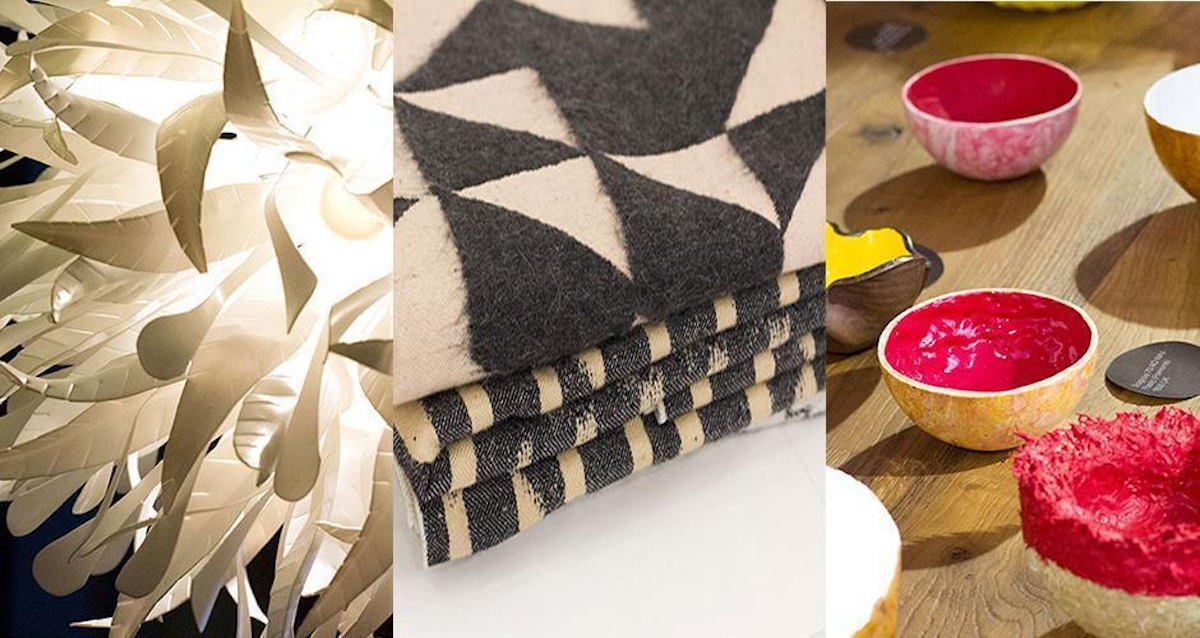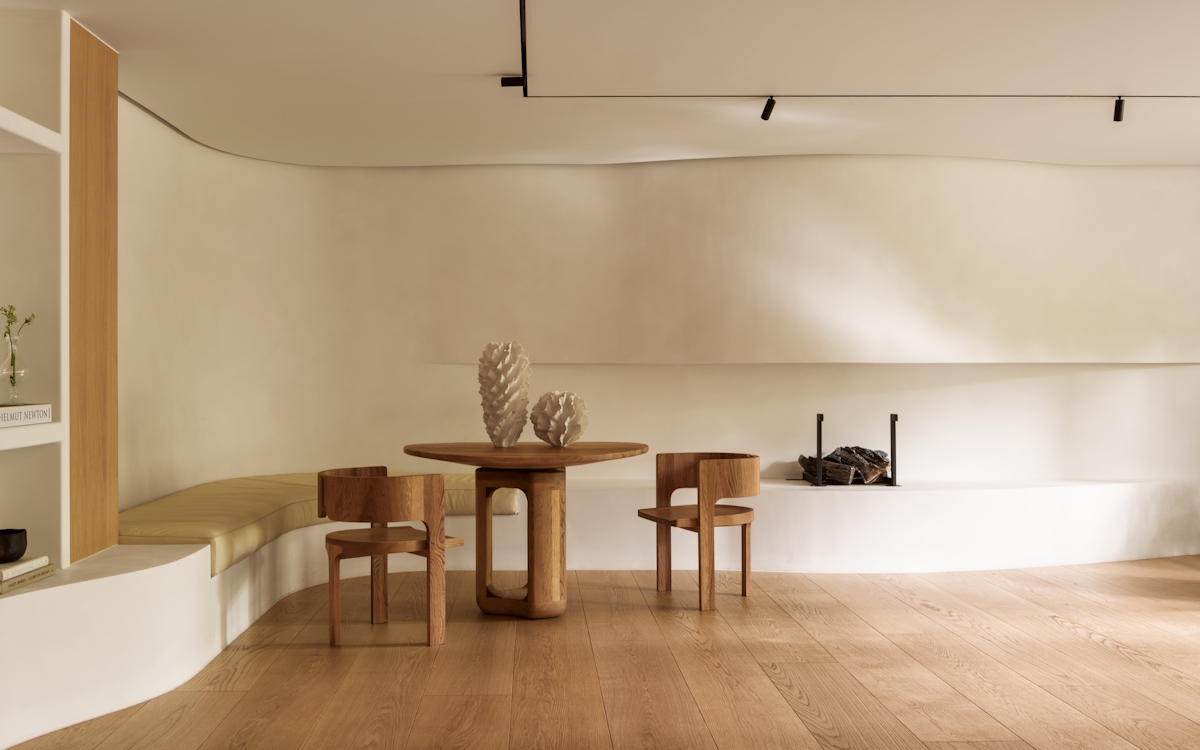Now in its 12th year, and with the theme “lose yourself in design” the London Design Festival once again filled the city the New York Times called “the design capital of the world” with design and designers from across the globe.
The big five: 100% Design, Tent, designjunction, designersblock and Decorex, are still going strong and in previous years have seemed to absorb some of the previously independent and more ‘grass roots’ activity. This year welcomed the return of smaller events such as Total Fabrication at Craft Central and the arrival of new design districts, Islington and Queen’s Park, which gave LDF back some of its spontaneity.
In his introduction, LDF Chairman Sir John Sorrell CBE said, “Somewhere on your journey around the festival, you will turn a corner and be confronted by a new idea which challenges your thinking, inspires you, or just makes you smile.”
"Somewhere on your journey around the festival, you will turn a corner and be confronted by a new idea which challenges your thinking, inspires you, or just makes you smile."
Here are some of the things I spotted on my journey that challenged my thinking, inspired me, or just made me smile.







